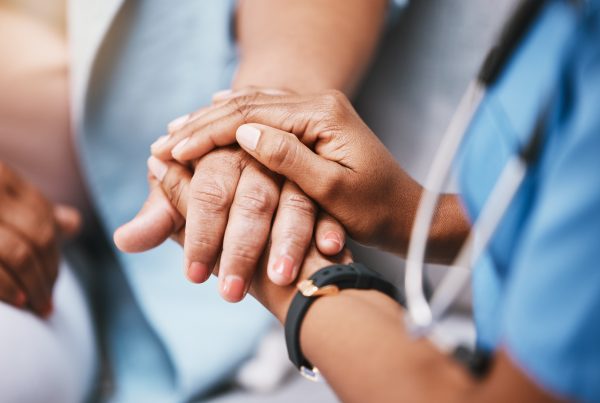
How are our brains designed to learn? And how can we as educators align our teaching strategies with the science of learning so our students can retain the knowledge that’s essential and then use it at the bedside of patient care where it matters most?
When we look at teaching more effectively as educators, we really need to look at big picture principles. First, we really have to make learning active.
Dr. Benner’s research contained in Educating Nurses: A Call for Radical Transformation provides educators with three powerful principles:
- Contextualize your content to the bedside of patient care.
- Bring clinical and classroom together. Bring clinical realities into your classroom.
- Emphasize clinical reasoning—that thinking in action skill that really is what you do at the bedside of patient care.
Dr. David Daniel is an expert on the science of learning and added these insights to empower you to transform the way nursing is taught:
- Passive learning and spoon feeding students aborts the learning process when we make learning passive and when we just give our students the information we abort the acquisition of knowledge.
- Work and effort is required for a student who is learning new information to make new neuronal connections. Neuroplasticity means your brain never stops growing or expanding neural connections with new knowledge.
- When learning is active, students have to apply themselves, building neural connections.
- Writing notes with your hands is active, making neuronal connections. Taking notes from a Powerpoint is the worst way to learn for the long term, yet that’s how many of us historically have been teaching.
- Passive learning doesn’t result in long-term retention and if you’re going to use powerpoints, put as little text on the slide as possible. Use images to have a discussion so your students synthesize and organize the content in their brain so they do this work themselves. This will strengthen the effectiveness of the retention of your lecture content. We should be shooting for 20 slides/20 minutes per lecture. Summarize the key points.
- Just reading a textbook and highlighting it is also passive learning. Instead encourage your students to synthesize each page or each key section in their own words. Kinesthetic writing uses more muscle memory and more neuronal connections than typing on a computer according to his research.
- Emotions and learning are linked. When your students are anxious or fearful, those emotions are going to adversely impact learning. Sometimes we unintentionally burden our students with so much information, we don’t differentiate the need to know from nice to know and our students are burdened. As educators we may be contributing to some of the stress students are experiencing.
Closing Thoughts
Dr. Benner emphasized situated cognition, a science of learning theory which postulates that separating knowledge from knowing how it is experienced in context — if it’s not experienced in an authentic context — it’s detrimental to learning. Knowledge doesn’t stick.
Textbook powerpoints that are content heavy with no context to show how knowledge is to be used — is not retained. Learning must be meaningful to be retained and it needs the context of a real life scenario. That’s why there’s no substitute for clinical. We can do virtual learning, we can do case studies, but the clinical experience and bringing context to content in the richness of patient care — there’s no substitute for it.
The science of learning supports that we need context to our content in order for content to be retained and retrieved, which is why learning must be active. This is why using case studies is one of the most effective ways to teach any practice-based profession such as nursing!
To learn more, watch this video which includes a discussion on the science of learning:
Keith Rischer – PhD, RN, CEN
As a nurse with over 35 years of experience who remained in practice as an educator, I’ve witnessed the gap between how nursing is taught and how it is practiced, and I decided to do something about it! Read more…
The Ultimate Solution to Develop Clinical Judgment Skills
KeithRN’s Think Like a Nurse Membership
Access exclusive active learning resources for faculty and students, including KeithRN Case Studies, making it your go-to resource.



